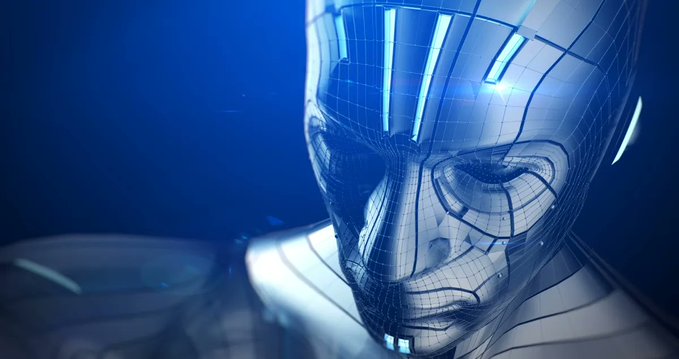
In the field of artificial intelligence (AI), the development of artificial general intelligence (AGI) is regarded as the “Holy Grail” of machine learning. AGI reflects the ability of a computer to resolve tasks and develop independent autonomy on a par with a human agent. Under a “strong” interpretation of AGI, the machine would exhibit the characteristics of consciousness manifest in a sentient being. As such, strong AGI provides the basis for the heady mixture of utopian or dystopian visions of tomorrow generated by Hollywood. Think Ex Machina, Blade Runner and the Star Wars saga for examples of autonomous machines with self-perception.
The fundamental test for discerning AGI was defined by Alan Turing in his seminal paper, published in 1950, entitled “I. – Computing Machinery and Intelligence.” Turing postulated a test, called “The Imitation Game,” in which a human interrogator is tasked with evaluating the answers to a series of questions that are provided by both a human and a machine respondent to determine which answerer is the machine and which is the human. The test is passed by the machine when the human interrogator is unable to distinguish the identity of the respondent, without prior knowledge of which respondent is the human being.
